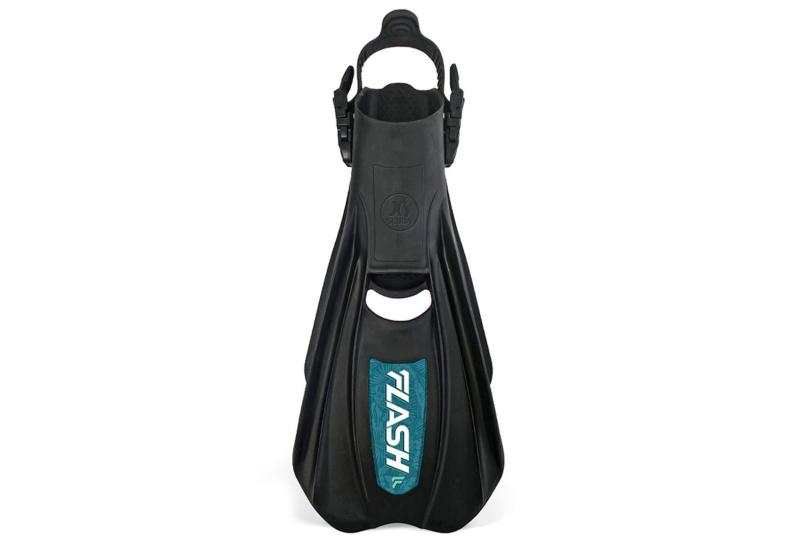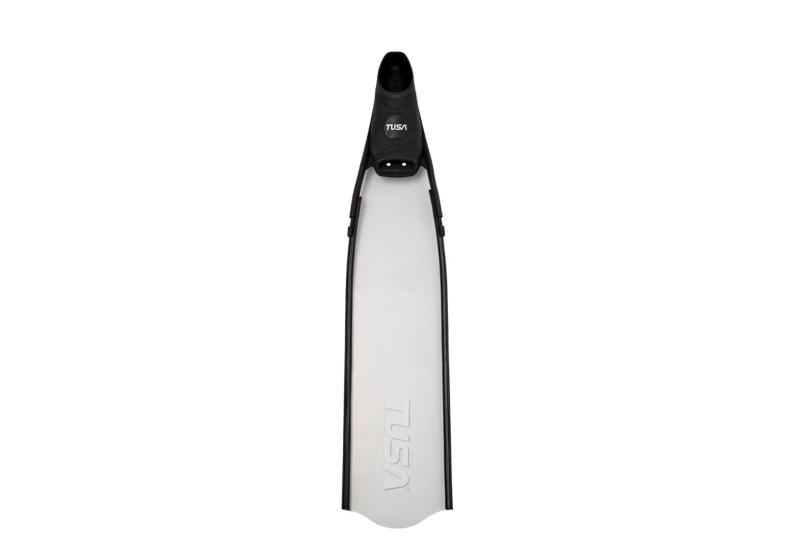Are Split Fins Right For You?

When cruising the depths, do you find yourself nagged by ankle strain when kicking through the water? Does the most minimal fin stroke get your knees and leg muscles barking like a pack of dogs? Do you like the ability to kick into a current or chase a bat ray without getting overly fatigued or cramping up? Are you a big fan of the flutter kick? If so, you might be a candidate for split fins.
Split fins slice through the water with far less resistance than traditional paddle fins. That’s because rather than pushing against the water with brute force, the flexible blades of a split fin, when engaged in an up-tempo flutter kick, actually generate lift along with a jet propulsion effect, similar to a boat’s propeller. The faster the propeller turns, the more propulsion is generated. In other words, with split fins power comes from the speed of a diver’s kick rather than the force of the kick. The result: excellent acceleration and the ability to sustain speeds and cover a lot of ground with minimal effort or leg strain.
Of course, like anything else, there are good split fins and not-so-good split fins, so performance results will vary. Also, due to the principles of the design, the best kick for a split fin is a narrow (inside the body’s slipstream), rapid flutter kick. If that type of kick is not your cup of tea — if you prefer sculling or the frog kicking instead, or if you tend to do a lot of backing up — then a split fin is probably not for you. Clearly, there are distinct differences between splits and paddles. The question is what design approach is right for the type of diving you like to do?
Ready to buy a new pair of fins? Check out our Masks, Fins and Snorkels Gear Guide.
Once you're in the store, you'll want to make sure you're getting a good fit. Read How to Select the Perfect Dive Fins.
Read Sport Diver Asia Pacific’s roundup on fins by joining the PADI Diving Society today, and get a 1-year subscription to Sport Diver Asia Pacific with your membership!
John Brumm is Sport Diver Asia Pacific’s Gear Editor









